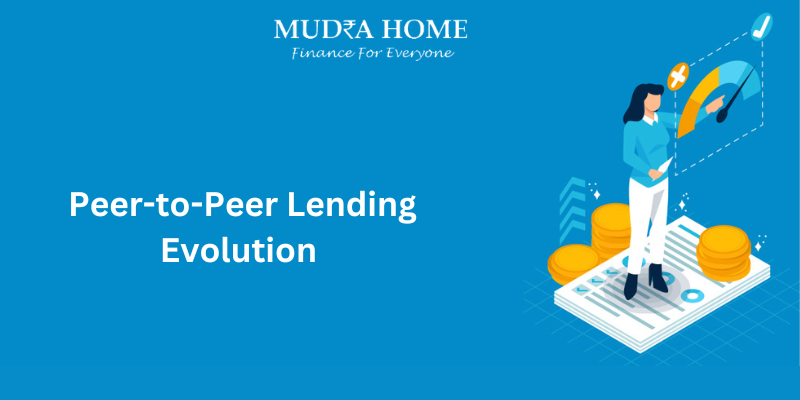
In recent years, Peer-to-Peer (P2P) lending has emerged as a groundbreaking alternative to traditional banking, reshaping how individuals and businesses access loans. This innovative platform connects borrowers directly with lenders, bypassing traditional financial institutions, and offering a more streamlined, digital-first approach.
P2P lending’s roots can be traced back to the early 2000s, gaining momentum with the advent of the digital era. However, it was the 2008 financial crisis that truly catapulted P2P lending into the spotlight. As banks tightened lending criteria, P2P platforms offered a much-needed alternative for credit access.
At its core, P2P lending platforms allow individuals to lend money to other individuals or businesses in need of financing. This process benefits lenders with potentially higher returns compared to traditional savings accounts, and borrowers with often lower interest rates. The platform itself operates as an intermediary, typically managing the loan’s administration and credit checks.
The surge in P2P lending is largely driven by technological advancements, which have streamlined the lending process and enhanced user experience. Additionally, growing consumer trust, fueled by successful lending stories and enhanced regulatory frameworks, has significantly contributed to the sector’s growth.
Challenges and Risks
Despite its advantages, P2P lending is not without risks. Credit risk remains a primary concern, as loans are not typically insured or guaranteed by a government agency, unlike traditional bank deposits. Furthermore, regulatory challenges continue to evolve, as governments seek to balance innovation with consumer protection.
The future of P2P lending looks promising, with market analysts predicting continued growth. Integration of technologies like AI for credit scoring and blockchain for transaction security could further revolutionize this sector.
P2P lending represents a significant shift in the world of finance, offering an alternative that challenges traditional banking norms. Its evolution signifies not just a change in how we borrow and lend but also reflects broader shifts in our financial systems towards more open, accessible, and technology-driven models.